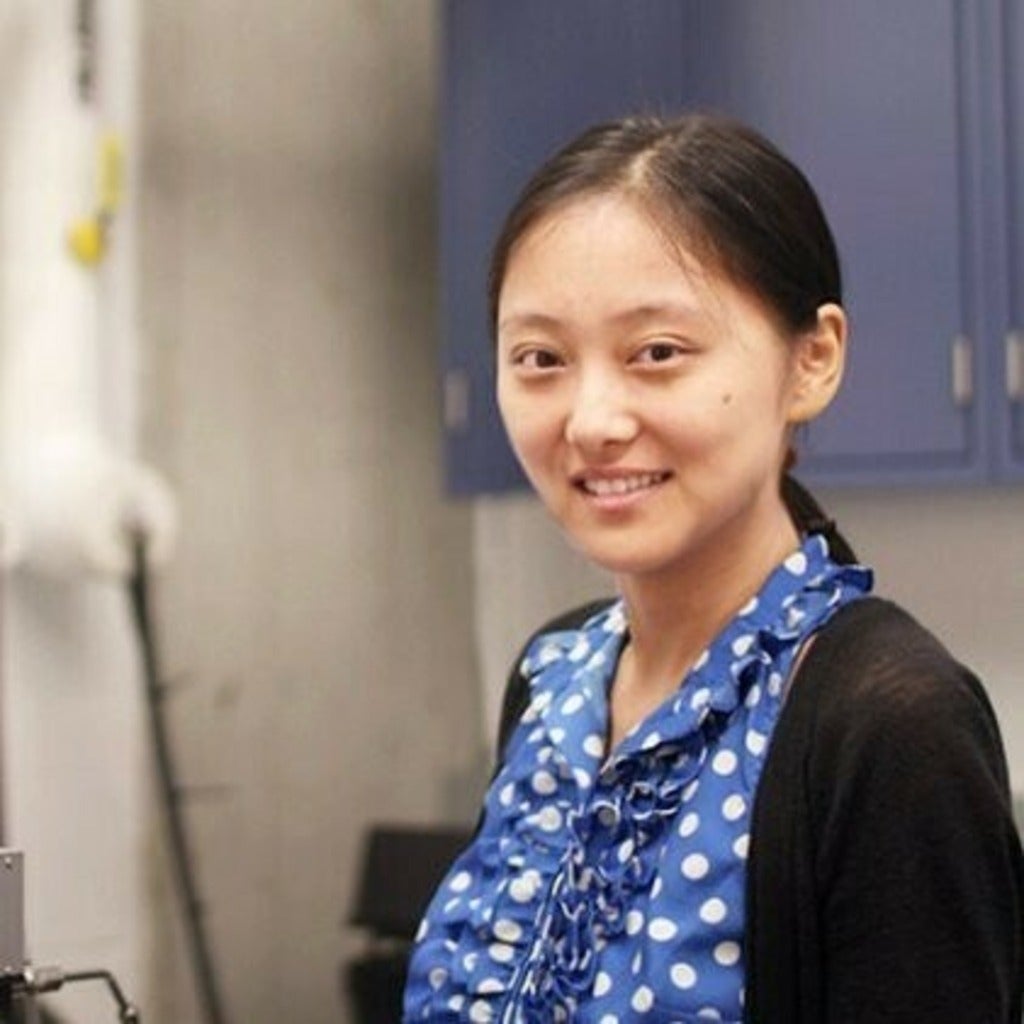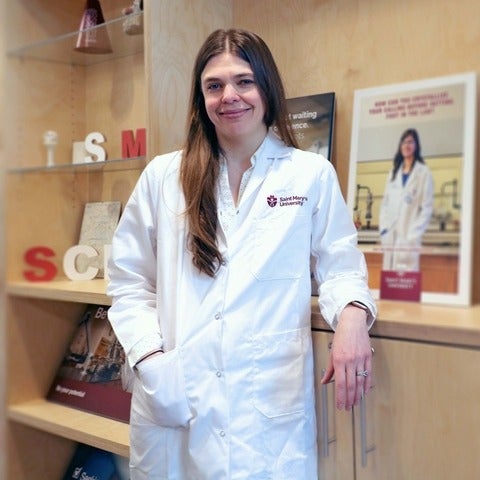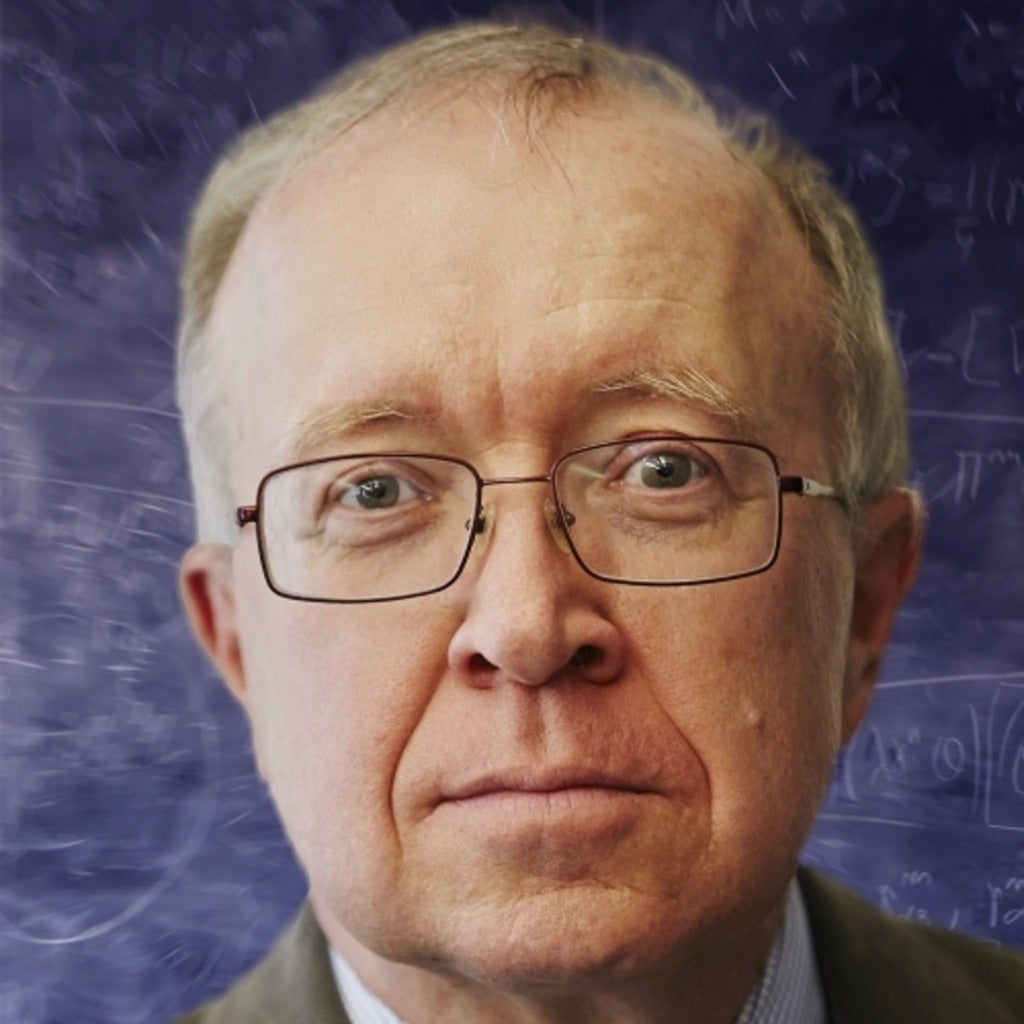Physics and Astronomy Colloquium- Polarization Resolved Second Harmonic Generation Microscopy for Biomedically Relevant Applications
Speaker: Dr. Danielle Tokarz
Information regarding the structure and function of living tissues and cells is instrumental to the advancement of biochemistry and biophysics. Nonlinear optical microscopy, in particular, second harmonic generation (SHG), can provide such information. For instance, SHG microscopy can be used to visualize several biological tissues, while polarization-sensitive SHG imaging can be used to extract several parameters related to the ultrastructure of biological tissues. In this talk, I will discuss the use of polarization-resolved SHG microscopy to investigate the ultrastructure of collagen in diseased tissues as well as model systems to understand collagen disorganization in these tissues. I will also discuss the use of polarization-resolved SHG microscopy to investigate other biological tissues including the degradation of otoconia, inner ear calcite crystals which act as linear acceleration sensors.



